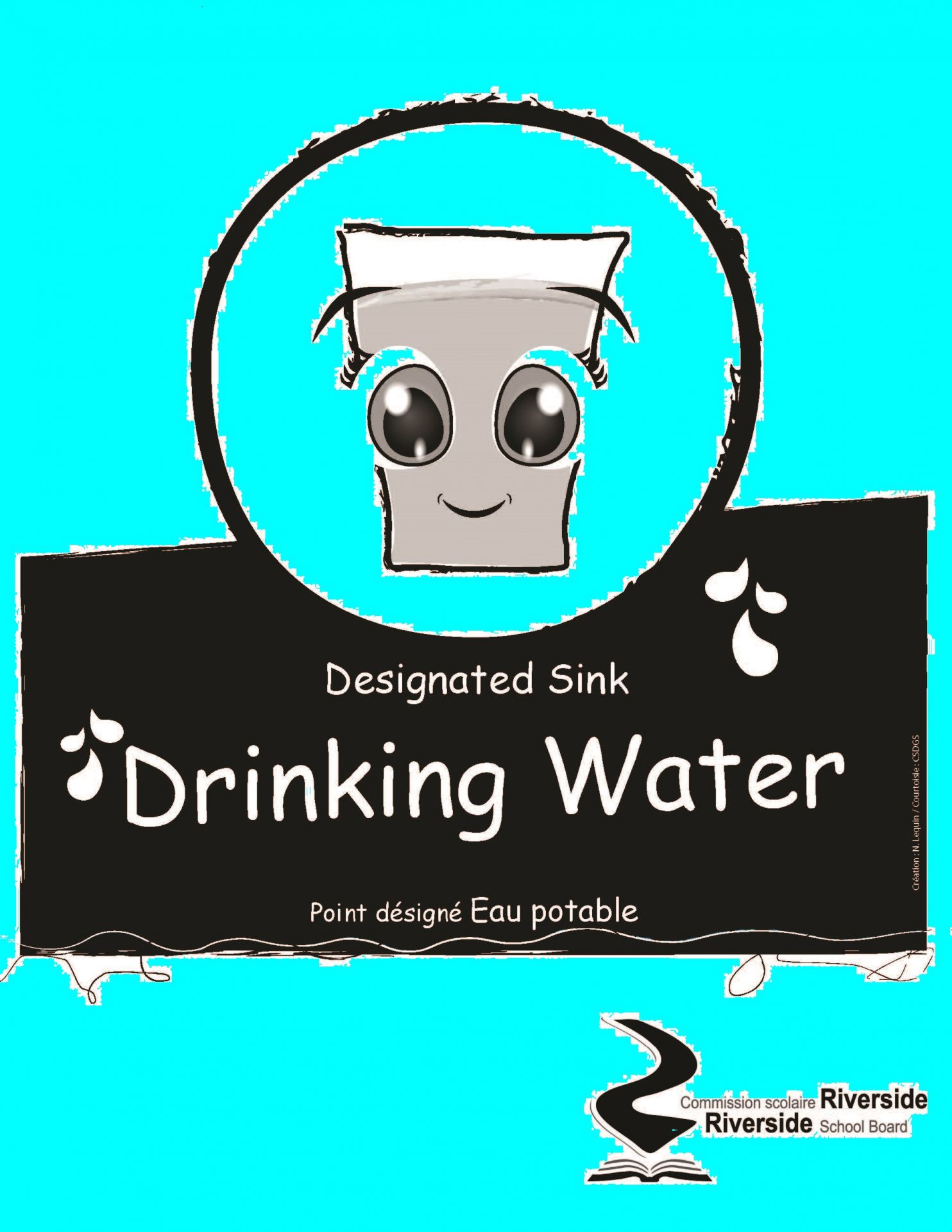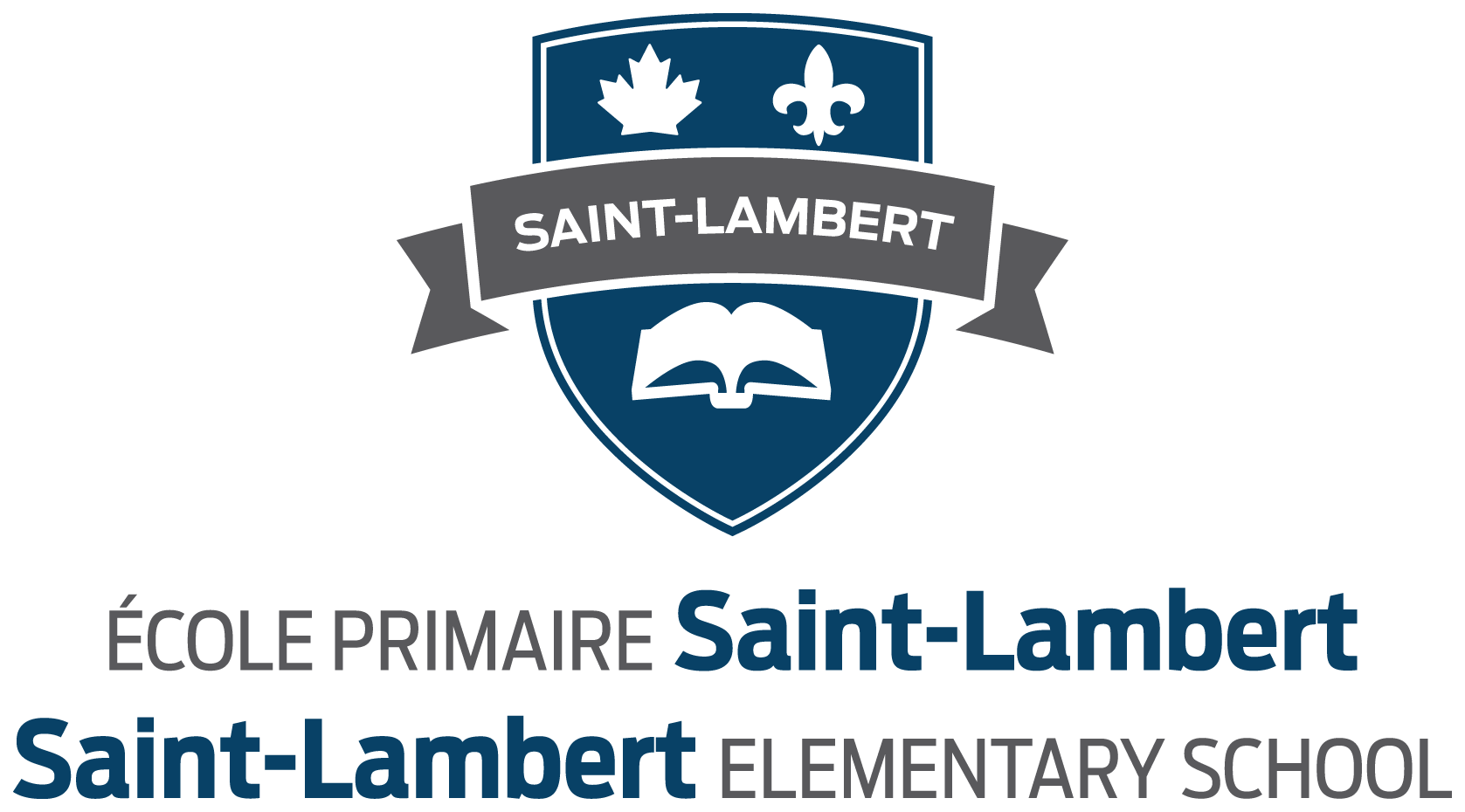Educational Project
Annual Report

2021-2022
2020-2021
Mid-Year Report coming soon
2019-2020
Results of tests on lead concentration in drinking water

We wish to inform you that all the drinking water points of St. Lambert Elementary school have been tested. The results obtained show that some drinking water outlets have a lead concentration higher than the new Health Canada standard, a standard now adopted by the Government of Quebec.
In order to ensure the safety of students and school staff, we immediately condemned water points (in red) that exceed the acceptable rate and took the necessary measures to resolve the situation quickly, in accordance with the procedure sent to us by the MEES. We are currently correcting those situations. You will be notified when the situation is permanently resolved.
In the case of water points that exceed the acceptable rate at initial flow only (in yellow), the temporary procedure that is already in place is maintained until such time of application of the corrective measures. You will be notified when the situation is permanently resolved.
Plumbing fixtures identified by NTU (not to be used) are generally tempered water points, cold and hot water mixed at the faucet, and are not considered points for consumption.
We remind you that this operation was carried out in order to ensure that the water is safe for your child.
To obtain more information on the tests in progress in all the schools, you can consult the following web page: www.education.gouv.qc.ca/parents-et-tuteurs/references/plomb-dans-leau-des-ecoles-du-quebec.
CO2 Sampling

As you know, we recently carried out carbon dioxide (CO2) measurements in all our schools and centres to ensure air quality. The result of the CO2 measurements, which have also been sent to the Ministry of Education, can be viewed HERE.
It is essential for us to ensure the quality of the air in our establishments. The health and safety of students and staff is our top priority, especially at this exceptional time. Therefore, the tests were carried out according to ministerial directives, to adequately measure the level of carbon dioxide in our premises, which gives a good idea of the air quality.
Analysis procedure
For each of the classes identified, the CO₂ level was measured three times during a period of the class, namely before and at the middle of the class. The third measurement was taken after opening the windows or the door for a period of 20 minutes. Although the Department of Education considers CO2 concentrations below 1500 ppm acceptable, school boards are encouraged to take measures to aim for the target of 1000 ppm, established by Health Canada as the comfort level. Action must be taken quickly when concentrations exceed 1000 ppm and within a week, when they reach 2000 ppm.
The identified classes were chosen in order to represent the overall portrait of the school according to the configuration of the classes (orientation in relation to the wind and the sun, the floor on which it is located, number of windows, type of ventilation, etc.) as well as according to the occupants of the class (school level, number of occupants, etc.).
Actions taken locally
In order to ensure optimal air quality in the classrooms, all have been asked to apply the prescribed measures.
In the case of schools and centres with mechanical ventilation, material resources have ensured its proper operation and efficiency. In the case of schools and centres with natural ventilation, the opening of windows and doors is applied to ensure the renewal of air.
In addition, each school has been equipped with a portable CO2 measuring device. This equipment allows the school team to monitor and validate the actions implemented, if necessary.
All the health measures put in place to curb the spread of COVID-19 also help to ensure the health and safety of all.

